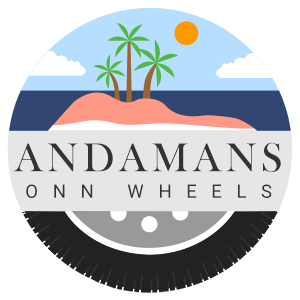About Andaman Islands
When u look down from your plane window you can see chain of green landmass surrounded around water which will give you very different feel of geography they are none other but Andaman Islands. By looking from aerial view one cannot imagine that in these green landmasses population resides only when your plane is just about to land on Veer Savarkar International airport an entry gate for this paradise.
Andaman and Nicobar are a group of islands which comprises of two island groups - the Andaman Islands and the Nicobar Islands which separates the Andaman Sea to the east from the Indian Ocean. There are 836 islands out of which only some 31 are permanently inhabited. The total area of the Andaman Islands is 6,408 km² and that of the Nicobar Islands is 1,841 km² approximately. The Nicobar Islands, as well as some of the islands in Andaman, are not open to tourists. These islands belong to the tribal communities and the Indian Government is trying its best not to disturb their way of life.


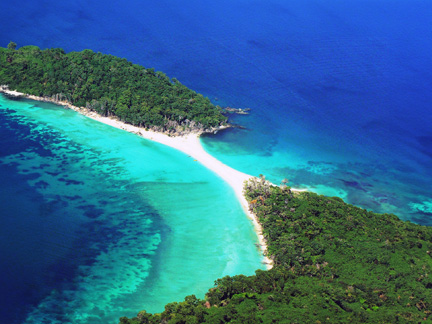
Topography
Andaman and Nicobar islands were formed due to collision between Indian Plate and Burma Minor Plate and are southward extension of emergent peaks of a submerged mountain range related to the Arakan Yoma range of mainland Burma. The topography of Andaman and Nicobar Islands appears to be a north-south arc. The topography in Andaman and Nicobar Islands comprises of a long range of hills with evergreen forests. Duncan passage separates Little Andaman from South Andaman. The highest peak of North Andaman district is Saddle peak in Diglipur with a height of 732 meters and highest peak in South Andaman district is Mt Harriot also known as Mount Manipur National Park with a height of 365 meters. Although Andaman is group of islands but one can have an essence of both beach destination and hilly terrain.
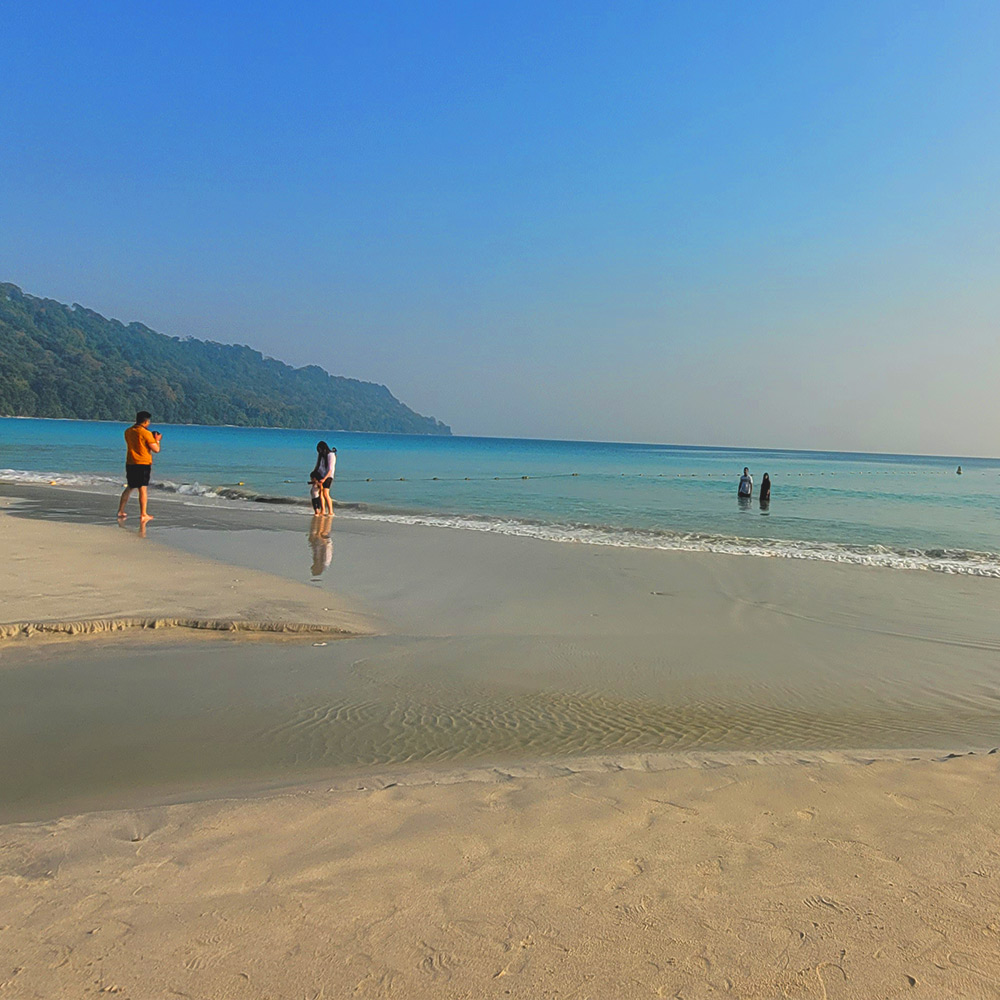
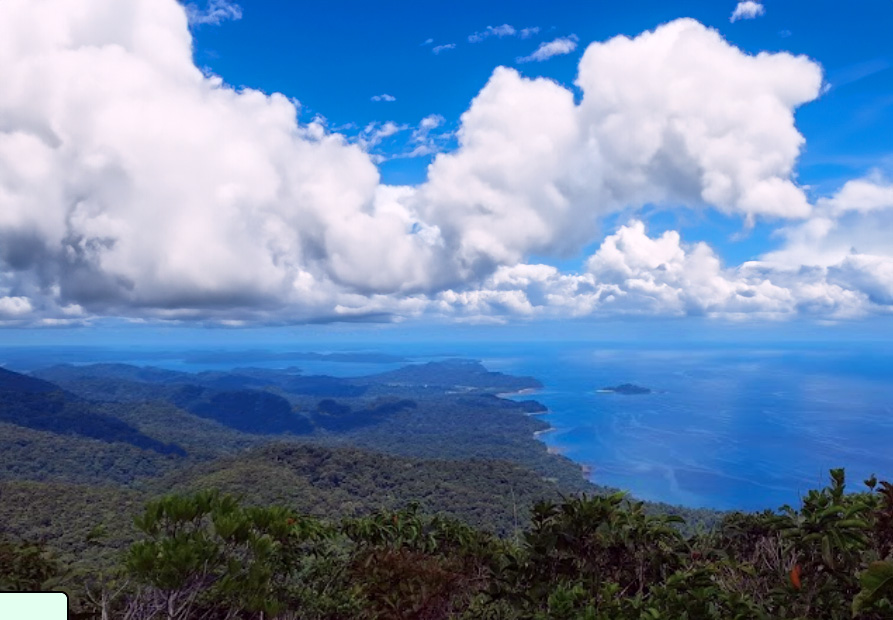

Weather
Andaman has a moderate temperature all through the year within the range of 23°C to 31°C. It has a tropical climate because of its location between Bay of Bengal and Andaman Sea. There are no severe climate conditions except for tropical storms and rains in late summers and monsoons. Summers (March to May) are warm but pleasant with sea breeze and have humidity level about 80%. Although Andaman beauty is throughout the year but peak time is between October to May due to pleasant weather during this time. June to September is a monsoon period when one can witness lush green trees. North East Monsoon comes in November here, while the South West Monsoon starts at the end of May. The forest is rich with lush green and beautiful water falls between May and December, ideal destination for nature lovers. December to April is the best time for divers and bird watchers usually select winter months. An almost steady climate makes this island suitable for all types of adventurous activities like snorkeling, swimming, boating and diving etc.
Note:Being Island and tropical weather one must carry umbrella or rain coat as it may rain anytime of the year.

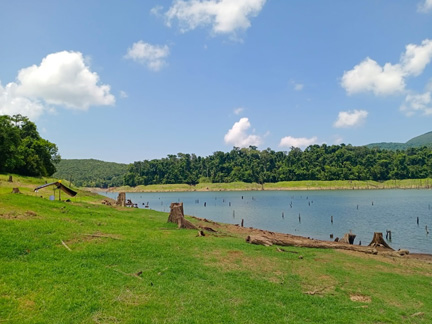
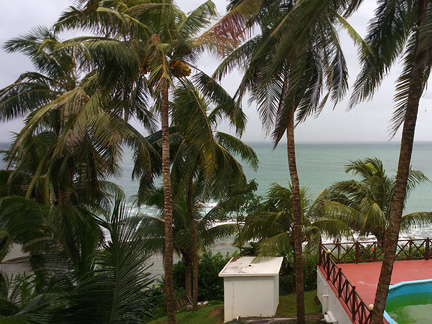
Soil
The soil type of Andaman and Nicobar Islands ranges from sandy clay to sandy loam. The soil and vegetation of Andaman and Nicobar Islands is suitable for tropical ever green and semi-evergreen forests. As rainfall is common in these islands, thick forest grows here soon. Soil and vegetation here is also complementary to each other and so it supports the growth of epiphytic plants (Plants that grow on other plants). Another important vegetation here is coconut trees. You can see a long array of coconut trees which are dotted on the coastline of the island. Coconut palm trees outline the entire fringe of the island. Areca nut also known as betel nut or supari is the second most important plantation crop of Andaman and Nicobar Islands. It has been observed that wide differences in productivity of areca nut exist among the farmers within a village due to socio-economic status. The important spices that are cultivated in these islands are black pepper, ginger, turmeric, cinnamon, nutmeg and clove. Apart from this, chillies are grown under open conditions.
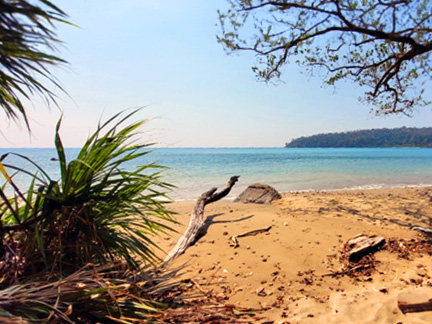
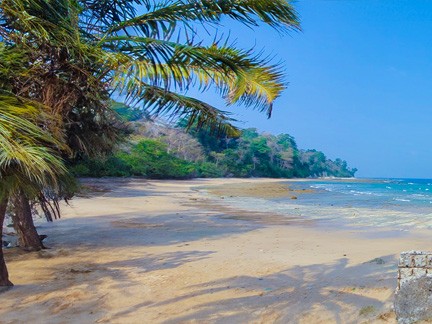
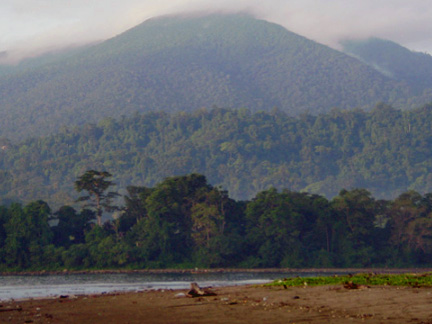
Population
As per the Aadhar Statistics the Andaman and Nicobar population in 2022/2023 is 419,978 (0.42 Millions) as compared to last census 2011 is 380,520. Growth rate of 10.37 percent of population increased from year 2011 in Andaman and Nicobar. Official languages People speak Hindi, Bengali, Tamil, Nicobarese and English.
